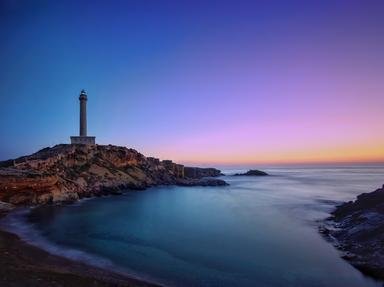Quiz Answer Key and Fun Facts
1. The RMS Lusitania was built by the Cunard Line and launched on June 7, 1906. What does the designation "RMS" signify?
2. Who or what was the Lusitania named after?
3. What is true about the design of the Lusitania?
4. The Lusitania was larger than the Titanic.
5. After WWI broke out, the British government declared Lusitania to be an armed merchant cruiser, but she nevertheless stayed in service as a passenger liner. Did the German government issue any warnings that it would regard the Lusitania as a legitimate target?
6. Lusitania was torpedoed by the German submarine U-20 11 miles off the Old Head of Kinsale on the southern coast of Ireland on May 7, 1915. How long did it take the Lusitania to sink after the torpedo hit?
7. How many people lost their lives in the sinking of the Lusitania?
8. The sinking of the Lusitania enraged people in both United States and the United Kingdom. While the British used the sinking to bolster recruitment efforts and for propaganda purposes, President Wilson made numerous demands of the German government. What was NOT one of them?
9. What happened to Walther Schwieger, the captain of submarine U-20, as a result of his sinking the Lusitania?
10. What happened to the Lusitania's captain, William Thomas Turner?
Source: Author
daver852
This quiz was reviewed by FunTrivia editor
stedman before going online.
Any errors found in FunTrivia content are routinely corrected through our feedback system.

